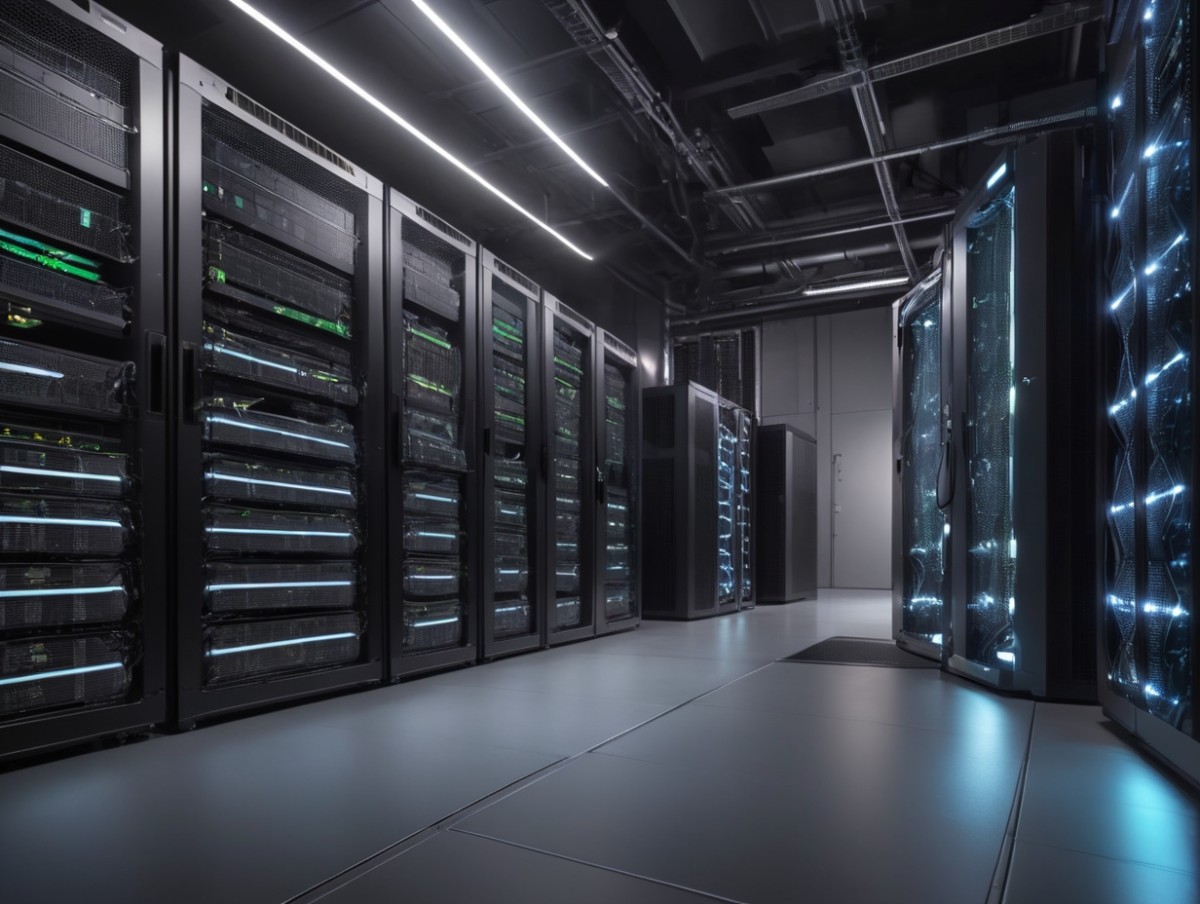In an era where artificial intelligence (AI) is becoming increasingly integral to our daily lives, the environmental impact of the technology is coming under scrutiny. The rapid expansion of data centers, essential for powering AI, is significantly contributing to global energy consumption and carbon emissions. With tech giants like Google, Microsoft, and Amazon at the forefront, the industry is seeking innovative solutions to mitigate the carbon footprint of these digital behemoths.
Renewable energy as a Key Strategy
The adoption of renewable energy sources has emerged as a crucial strategy in the fight against climate change within the tech industry. Companies are increasingly leveraging software to identify and utilize clean electricity, particularly from regions abundant in solar and wind energy. This approach, known as load shifting, aims to optimize data center operations in areas where renewable energy is plentiful, thereby reducing carbon emissions and operational costs.
Chris Noble, CEO of Cirrus Nexus, emphasizes the urgent need for data centers to maximize renewable energy usage. The shift towards clean power is not just an environmental imperative but also a strategic move to ensure the sustainability of cloud computing services. As AI continues to evolve, its energy demands are expected to rise, underscoring the importance of transitioning away from fossil fuels.
The challenge of decarbonization
Decarbonizing data center operations presents numerous challenges, particularly due to the volatile energy consumption patterns of AI. Traditional data centers operate with a consistent energy demand, but AI’s requirements fluctuate significantly, complicating efforts to integrate renewable energy sources effectively. Hyperscalers have set ambitious climate goals, but the increasing reliance on AI threatens to derail these targets.
To combat this issue, companies are not only investing in renewable energy projects but also exploring innovative strategies like Google’s load shifting. This technique involves dynamically adjusting data center operations across the globe to align with the availability of renewable energy, thereby ensuring a lower carbon footprint. Google’s initiative to match its power usage with zero-carbon sources on an hourly basis is a pioneering step towards achieving 24/7 clean energy operations.
Global efforts and future directions
The global nature of the tech industry necessitates a collaborative approach to renewable energy adoption. Manhattan-based Cirrus Nexus exemplifies this by monitoring global power grids to identify the least polluting computing resources. Their efforts have led to significant reductions in carbon emissions by capitalizing on the availability of solar power across different time zones.
However, the success of such strategies depends on the cooperation between data centers, utility companies, and grid operators. The fluctuating demand from data centers can strain electrical systems, highlighting the need for integrated solutions to ensure grid stability. Companies like Dominion Energy are developing programs to leverage load shifting in mitigating grid stress during extreme weather conditions.
As AI continues to shape our future, the tech industry’s role in promoting environmental sustainability becomes increasingly critical. The adoption of renewable energy and innovative strategies like load shifting are pivotal in reducing the carbon footprint of data centers. With ongoing efforts from tech giants and startups alike, the path toward a more sustainable digital infrastructure looks promising. However, achieving the goal of 100% carbon-free operations remains a formidable challenge, requiring persistent innovation and global collaboration.





